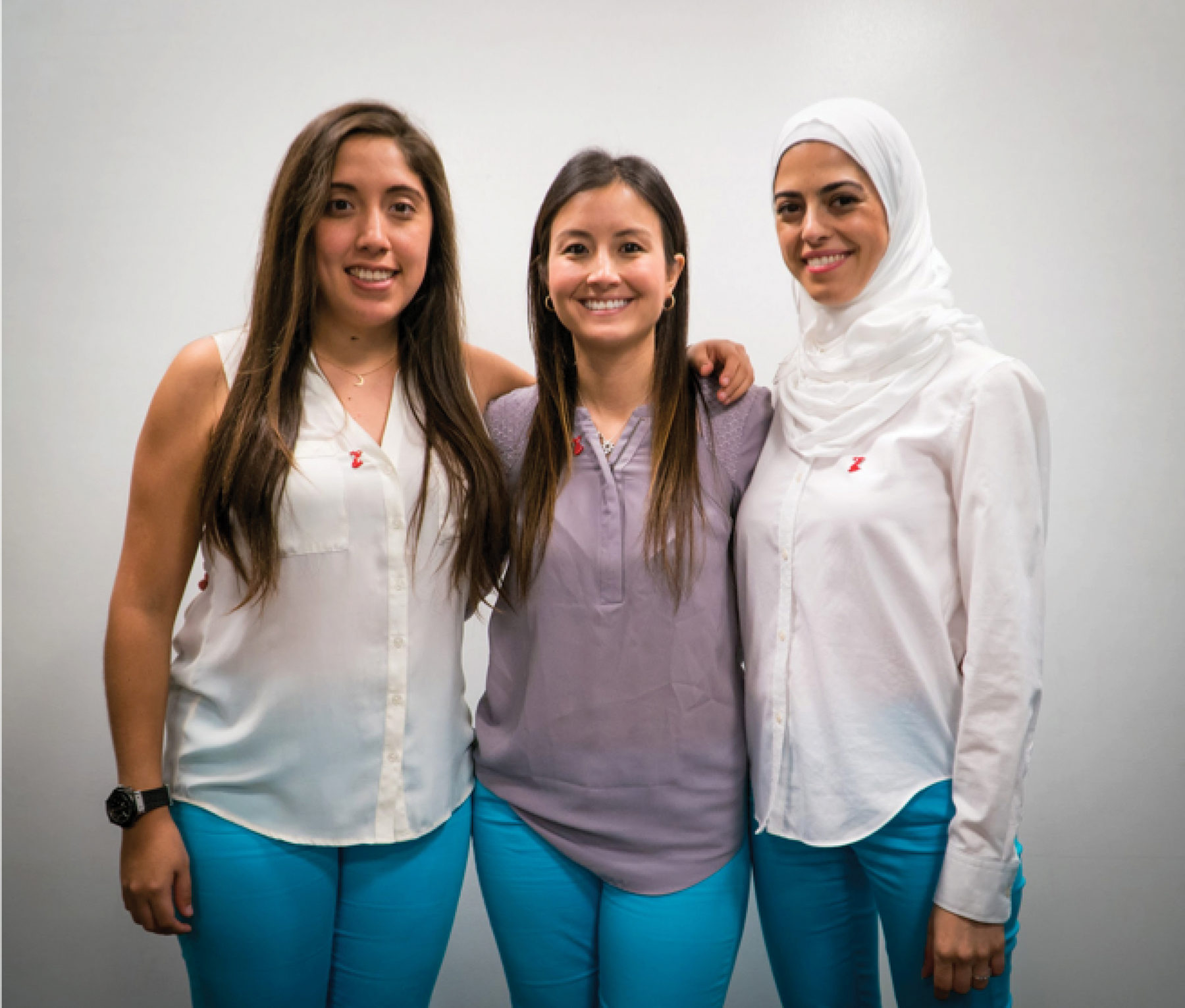Heart disease is the No. 1 killer of women, and yet very few women participate in clinical trials. That is especially a problem when you consider that heart disease, and their treatments, often don’t affect women and men in the same way—they don’t even affect all women alike. So, it is obvious more data is needed—and Bloomer Tech believes they have an obvious solution. The company is developing flexible, washable biometric sensors that can be incorporated into everyday clothing, starting with smart bras. These sensors can measure electrocardiogram and activity data, which includes the full PQRST segments as well as step counts, fall detection, and posture.
But the company doesn’t plan to stop at just smart bras and collecting more data on women’s heart health—they want to increase the collection of medical data from all diverse populations around the world. PM360 spoke with Aceil Halaby, Co-founder and Chief Operations Officer, about the company’s mission, the development of their smart bras, and why improving machine learning algorithms means nothing without better data.
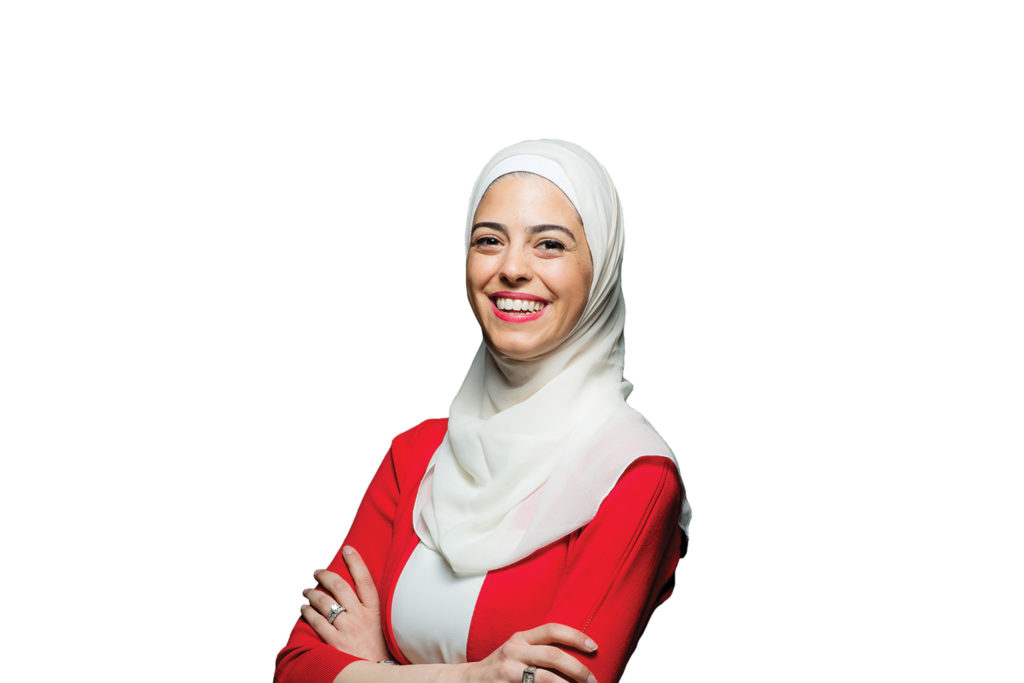
PM360: Where did the idea come from to start Bloomer Tech and how did you come together to form the company?
Aceil Halaby: The idea of helping women fight heart disease started back in 2015 with Alicia Chong Rodriguez. She was part of a program called Singularity University in which they approach global challenges.
We both met at MIT for our Master’s and decided to continue studying women’s health and technology. She designed her curriculum to better understand healthcare, devices, gender issues in healthcare, etc. We worked on several things over the course of one year. Then in December 2016, my husband was diagnosed with an arrhythmia and it was the first time I experienced how heart disease manifested in a scary way.
We went through the healthcare system, like a lot of people with any heart abnormality do, but I was struck by how little the technology could do and, honestly, how much our doctors needed help to better care for my husband and other people. Alicia and I incorporated the company the following January.
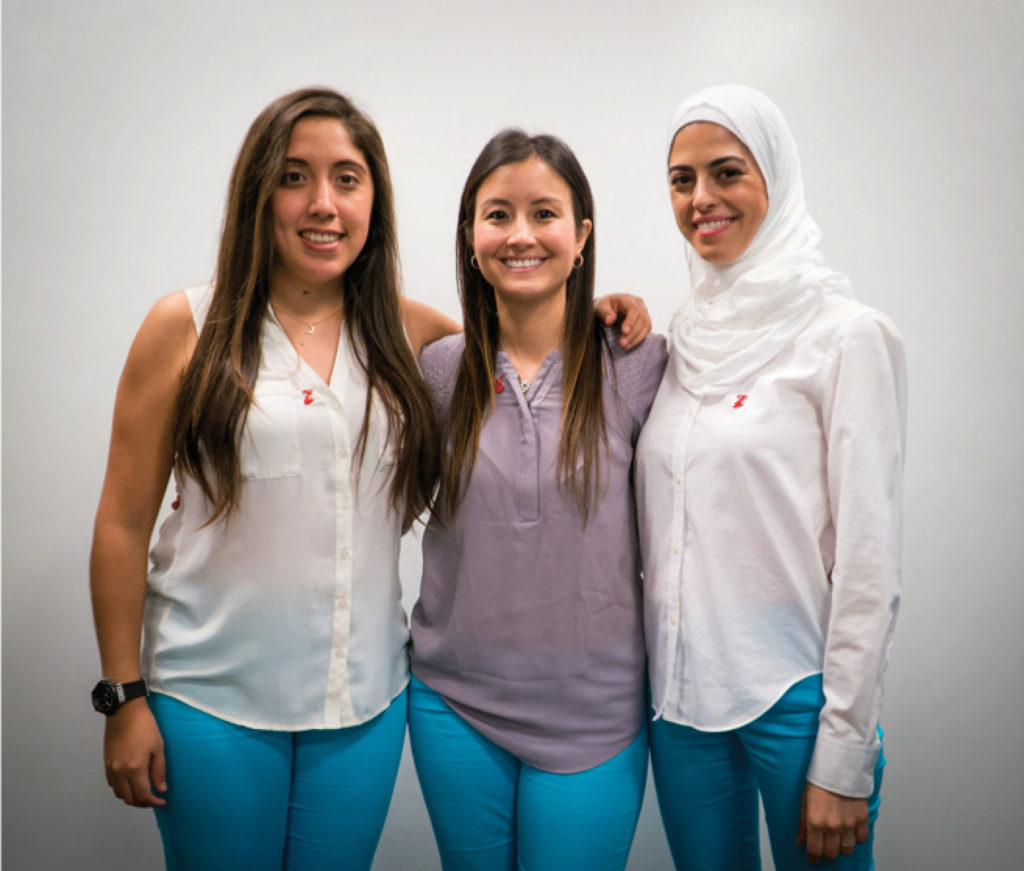
Was the plan always to approach heart health through creating smart clothing?
Several devices are on the market to monitor for heart abnormality. Additionally, there is a certain amount of data that physicians and healthcare providers use in order to understand heart abnormalities. But both of those areas have shortcomings. For instance, devices such as the holter or patch can be bulky and expensive and do not incentivize or motivate patient engagement. Furthermore, in 1933, the NIH mandated that women participate in clinical trials, but since then we haven’t seen much of an increase in female participation. That means data around heart disease and heart health has mainly been from male sources.
Men have their own physiologies and biomarkers, and the treatments and devices currently being designed are with those specific variables. So, they’re not for most women. Bloomer Tech recognized this data and device gap, and we thought there could be an easy solution: Our clothes.
Since our clothing is already very close to our body, it should act as a 24/7 monitoring device. Our software analyzes the monitored data and turns it into physician tools that will help in treating and increasing success rates across surgeries and medication. Bloomer sees this type of technology solution as ubiquitous and expanding into all aspects of our lives.
How is the bra designed to incorporate your technology?
Bras are very personal to every woman. Although I come from an industrial design background and not fashion, it is key for us to partner with experts to turn these everyday clothes into medical-grade devices. Our patent covers washable, flexible medical-grade sensors, meaning, it’s not just about inserting a plastic piece or a chip and integrating analytics. In order to seamlessly and efficiently integrate these sensors, the technology has to enter the supply chain of a textile and apparel manufacturer. We assist manufacturers in doing this without compromising aesthetic and function.
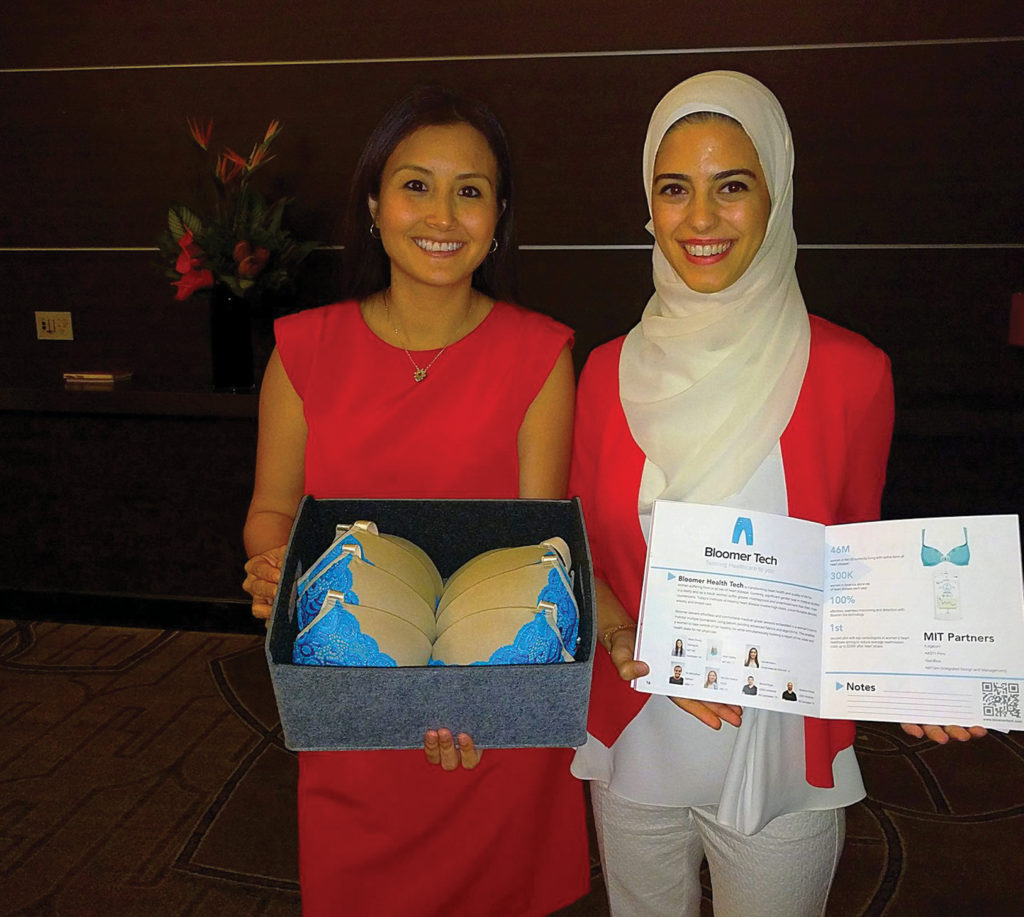
Do you have an estimated release date for these bras?
Not yet, because we’re currently still running tests with cardiologists in the Boston area. It is important for us to ensure we can provide a medical benefit before the product goes to the consumer. We’re trying to pin down where in the journey map of diagnosed women that our product provides the most benefit and where we can fill the data gaps for the physicians, the medical institutions, and all stakeholders.
Are you doing anything with the data you are collecting?
We’re working with MIT on data analytics. Alicia’s thesis is actually focused on women risk stratification as part of the computational biophysics group at MIT. So, in collaboration with doctor consults, they’re working on how we use data to specifically risk stratify women from women-specific data sets. That’s going to change how we predict and forecast using female-specific biomarkers for heart abnormalities and more.
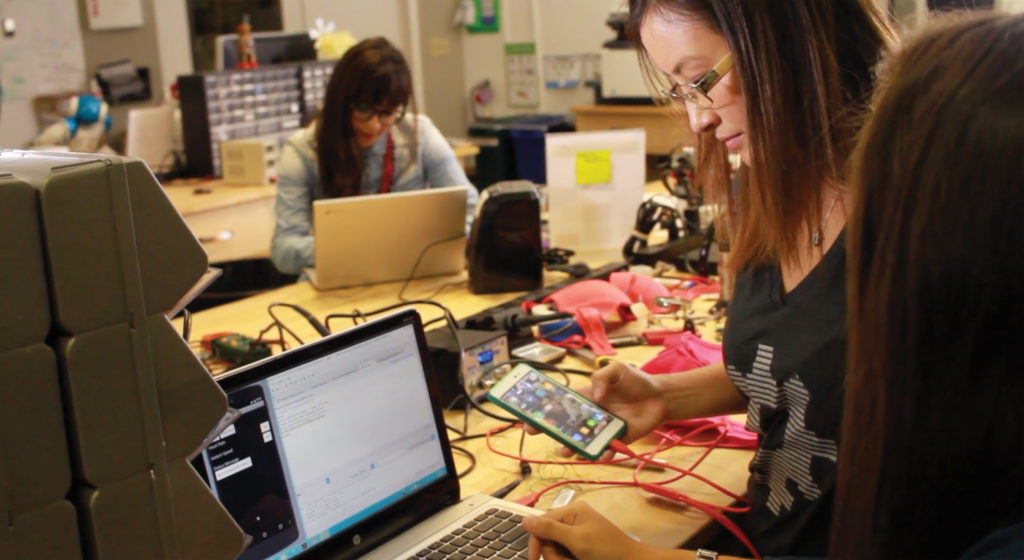
What are your company’s long-term goals after you get the bras on the market?
Bloomer Tech is a technology company dedicated to improving people’s lives and women in particular through the design and application of medical-grade solutions that are affordable, advanced, and practical.
Because our patent is designed around washable, flexible, medical-grade circuits, the applications are technically infinite. In any textile—in anything—we can integrate some good-quality, data-monitoring systems. Ultimately, we’re trying to personalize healthcare. But more than just therapeutics—we’re trying to personalize how you’re diagnosed.
Genomics is currently such a big trend as people are collecting DNA information to understand what they might face in the future. But we have to add lifestyle information—things that make your DNA manifest in different ways. We also need to measure your environment. Because people, for example, born in heights in Peru have enlarged hearts, so they need different treatments. All of these data points need to be included, and we can start getting that from everyday textiles.
This is a multi-billion-dollar savings opportunity for providers and consumers that will advance research and development for the treatment of heart disease and maybe other chronic diseases.
Furthermore, it is important for us to increase the inclusivity of medical data to include all the diverse populations that exist in this world. Because, even as Apple and Google are redefining machine learning in this space—machine learning is only as good as your data. If we continue to mainly get data from males or whoever can participate in clinical trials, then machine learning algorithms and any treatments created as a result will be at the mercy of that bias—that inequality.

